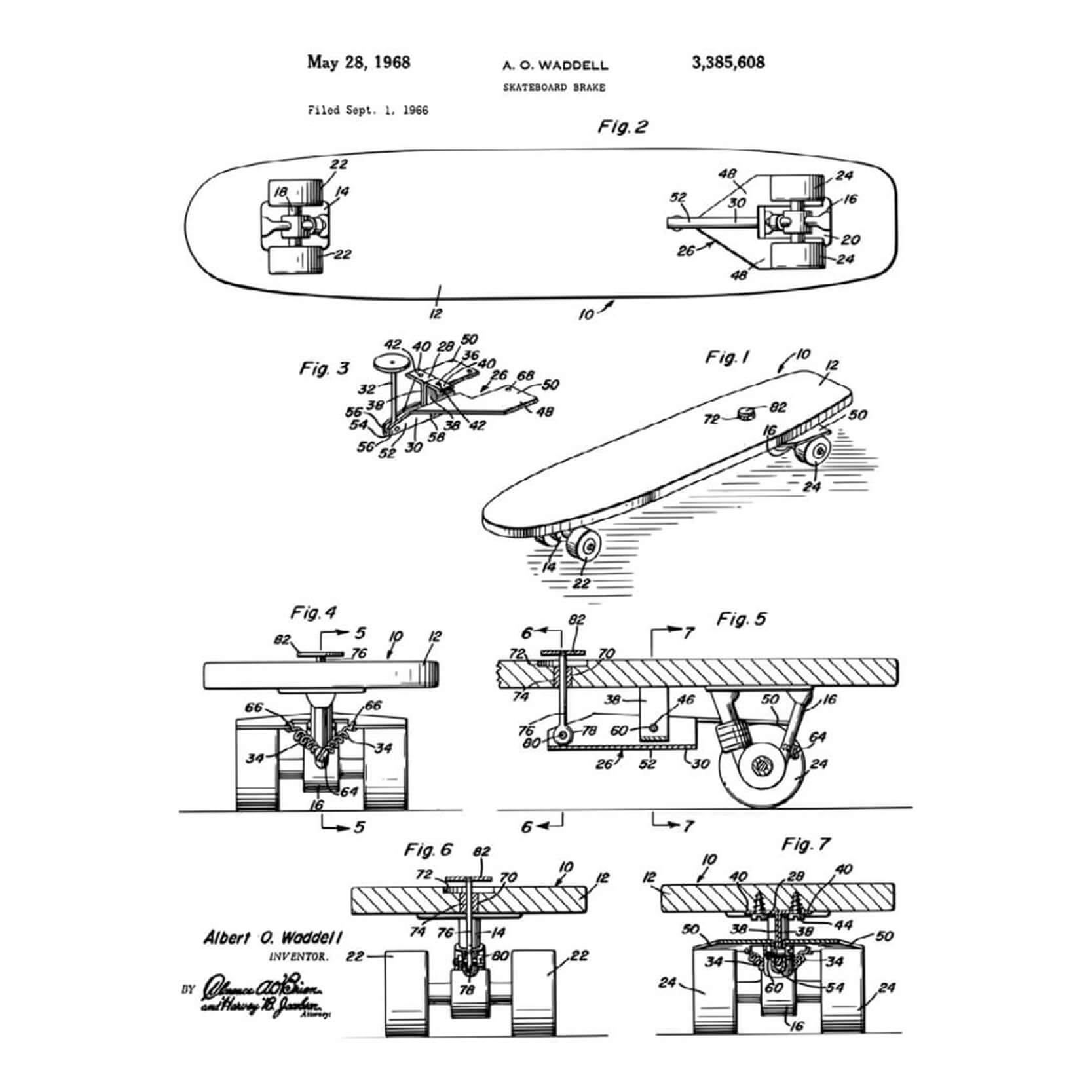
First off, if you are interested in filing a patent you should be congratulated.
Determining whether you need a patent for your idea or product depends on various factors. While the information below can provide general guidance, it’s essential to consult with an intellectual property attorney for personalized advice based on your specific situation.
Patent Information
Here are some factors to consider when deciding if you need a patent:
Novelty
If your idea or product is truly innovative and not publicly disclosed, a patent can provide protection by granting you exclusive rights. A patent requires that the invention is new and not already known or publicly available.
Commercial Potential
Consider the market potential and commercial value of your idea or product. If you believe it has significant market value and you want to prevent others from exploiting it without your permission, obtaining a patent can be beneficial.
Competitive Advantage
A patent can provide you with a competitive edge by preventing competitors from legally using or selling your invention. This exclusivity can help you establish a strong position in the market.
Intellectual Property Strategy
Your decision to pursue a patent should align with your overall intellectual property strategy. Evaluate whether a patent is the most suitable form of protection for your idea or if other forms of intellectual property, such as trademarks or trade secrets, might be more appropriate.
Disclosure and Trade Secrets
Keep in mind that obtaining a patent requires disclosing your invention to the public. If you prefer to keep your idea or product a secret, pursuing a patent may not be the best option. In such cases, maintaining trade secrets or relying on other means of protection might be more suitable.
Industry Norms
Consider the practices and norms within your specific industry. Some industries highly value patents, while others may rely more on trade secrets or other forms of intellectual property protection. Researching your industry can help you determine the importance of patents in your field.
Resources and Costs
The process of obtaining a patent can be time-consuming, complex, and costly. Consider the financial resources and time commitment required for drafting and prosecuting a patent application, as well as the ongoing maintenance fees for a granted patent.
Types of Patents
There are several types of patents that can be filed with the United States Patent & Trademark Office which include Plant, Design, and Utility Patents. The most common types are Design Patents and Utility Patents.
Duration of Patents
Design patents when issued, provide a protection of 15 years from the time the application is filed.
Utility patents, which are the most common type of patent, are typically granted for a period of 20 years from the filing date of the patent application. This means that the patent holder has exclusive rights to their invention for 20 years from the filing date. During this time, they can prevent others from making, using, selling, or importing the patented invention without their permission.
It’s important to note that utility patents have maintenance fees that need to be paid to the patent office to keep the patent in force throughout its term.
Plant patents, which protect new and distinct plant varieties that have been asexually reproduced, have a duration of 20 years from the date of filing the patent application in the United States. Unlike utility patents, plant patents do not require the payment of maintenance fees to keep them in force.
Remember, the decision to pursue a patent is highly dependent on your individual circumstances and goals. Consulting with an intellectual property attorney can provide you with personalized advice tailored to your specific situation and help you make an informed decision.
Additional Information can be found on the USPTO website.
Disclaimer: The information contained herein does not constitute legal advice and/or guidance and is provided as general information for educational purposes only. It is recommended to consult with a legal professional to ensure compliance with applicable laws and regulations.
Patent Illustrations
A patent application typically requires drawings to accompany the written description/claims of the invention. Drawings are crucial as they provide visual representations of the invention, aiding in the understanding of its structure, features, operation, and how they interrelate. The type of drawing required for a patent depends on the nature of the invention and the specific requirements of the patent office where the application is filed.
Design patents focus on protecting the ornamental appearance of an invention rather than its functional aspects. Design patent drawings should show the visual features of the design from various angles, highlighting the unique and distinctive aspects.
The drawings may include perspective views, cross-sections, exploded views, flowcharts, or any other type of illustration necessary to demonstrate the invention’s details and functionality.
Plant patent drawings are essential to illustrate the distinct characteristics of a new plant variety. The drawings should highlight the unique features of the plant, such as leaves, stems, flowers, fruit, and any distinguishing traits. Line drawings or photographs can be used for plant patent applications, depending on the specific requirements of the patent office.
3D Innovations helps develop designs and drawings for your patent application. See how to get started today.
______
Developing Ideas From Concept To Product®
3D Innovations is a Product Development Company – from the 3D Design to a fully functional 3D Prototype & Product.
Connect with us on Twitter, Facebook, Instagram, & LinkedIn today.

